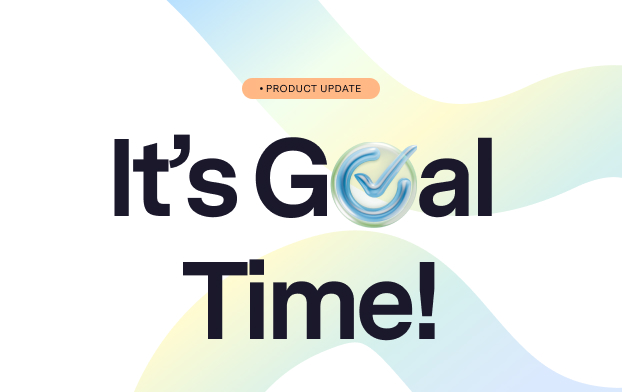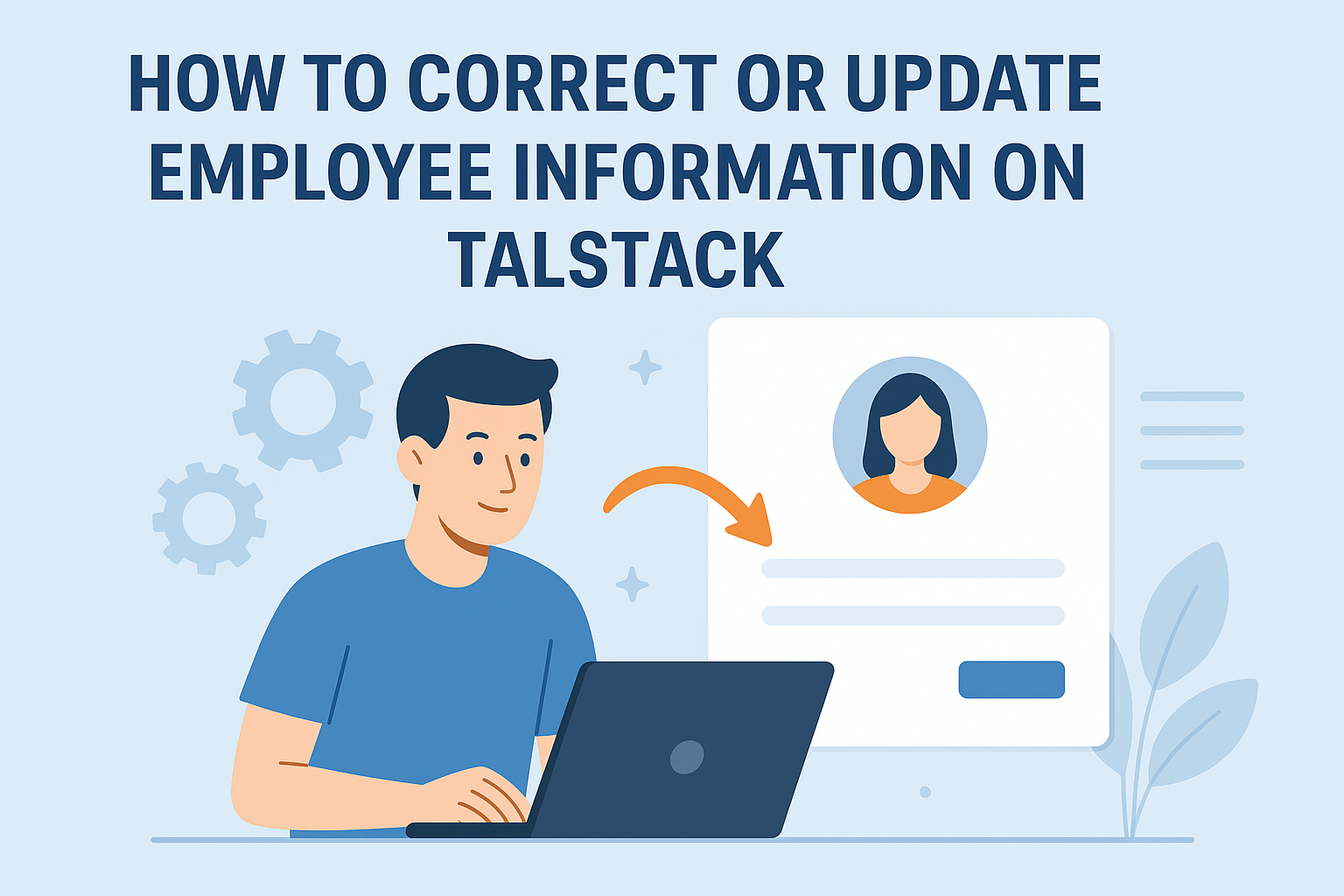Are your managers truly getting the best out of their teams?
When most managers are asked what they’re doing to drive performance, the answers usually point to the obvious: “We’re investing in new tools” or “We’re rolling out more training.” These are valuable interventions, but they often miss a silent, strategic driver of performance: the 1:1 meeting.
In today’s increasingly remote and hybrid workplace, the importance of 1:1 meetings has evolved. In my opinion, they’ve now become mission-critical. They aren’t just a cultural nice-to-have, they’re how smart managers deliver real results.
At Talstack, we offer powerful tools to deliver effective training, and manage performance. Try our solution for free today.
What Are 1:1s, and Why Do They Matter?
A 1:1 is a recurring, dedicated meeting between a manager and their direct report. It’s not just a time for progress updates or task tracking. It’s a space to build understanding, unblock challenges, and unlock potential.
What Great Managers Do: The Link Between Understanding and Performance
To understand why 1:1’s work, we need to look at what separates good managers from great ones.
Paraphrasing Marcus Buckingham’s HBR article What Great Managers Do, the core role of a manager is not just to oversee output, but to deeply understand the unique strengths, preferences, and even eccentricities of their people, and to integrate those differences into how work is assigned and how performance is supported.
In his words:
“Great managers play chess, not checkers. In checkers, the pieces all move the same. In chess, each piece moves differently, and you have to understand those differences to win.”
That mindset is essential. Each person has to be managed as an individual, because no two direct reports are the same.
When managers take the time to understand how someone learns, what energizes them, and what shuts them down, they can assign tasks more strategically, give feedback that lands, and remove blockers before they escalate. Without that understanding, managers operate on assumptions, and those assumptions often cost companies time, talent, and trust.
Why 1:1s Are Even More Critical in Remote or Hybrid Work
So how do you actually understand your people?
In the past, it was easier. You sat near your team. You overheard conversations, noticed mood shifts, and picked up on subtle changes in body language or tone. You learned a lot just by being present.
Today, that ambient visibility is gone. In a remote or hybrid setup, you see less, hear less, and by default, understand less.
That’s where 1:1s come in.
A good 1:1 creates structured space for reflection. It’s a protected window where managers can listen more intentionally, observe emotional cues, and ask questions that wouldn’t come up in a team meeting or a Slack channel.
It also works both ways. These meetings allow your direct reports to understand you better too, how you think, what matters to you, and how you define success.
Consider a customer success team at a growing fintech company in Nairobi. The complaints subteam were struggling to hit their issue resolution KPI. New hires were disengaged within months, and performance lagged despite product knowledge training and updated SOPs.
The Head of People introduced weekly 1:1s for team leads and gave them a simple shared prompt: ask each team member what’s working, what’s not, and what they need.
Within two months, the insights were striking. One team member shared she found handling irate customers energising (a rather interesting quirk), and working with customers who complained about issues that resulted from their own omissions demotivated her. She was moved to frontline issues and her ticket resolution rate doubled.
Managers were also able to spot these small nuances on the team and began deploying talent to areas they thought best.
By quarter’s end, the team had surpassed its quarterly issue resolution KPI by 30%
The Role of Trust in Exposition
Here’s something every manager needs to remember: understanding doesn’t happen unless people talk, and people won’t talk unless they feel they can trust you. So it's critical that you build this trust early.
Your 1:1 meetings need to be a space where people feel free to express themselves. It needs to be a space where people let their guard down and say what’s really going on.
It’s in those moments that you hear things like:
- “I’m overwhelmed but didn’t want to say anything.”
- “I think I’d be better suited to a different part of the project.”
- “I’m not sure I understand what’s expected of me.”
These admissions are critical for understanding but they only come out after you’ve taken time to build trust.
There’s much more to unpack about the connection between trust, exposure, and performance, we’ll explore this in an upcoming article.
Conclusion
If you want to improve performance, start with understanding your people. 1:1s are a great tool here because they help you look beyond surface-level output and into the deeper drivers of behaviour, motivation, and energy.
One final addition: People Change! As such no person can be infinitely understood. Learning about a person is a never ending process, so please don’t stop after you see the first insights.
Ready to build a culture of performance, one conversation at a time? Talstack’s learning and Performance management solutions empower you to deliver effective training, manage performance, boost engagement, and more Get started today.





































